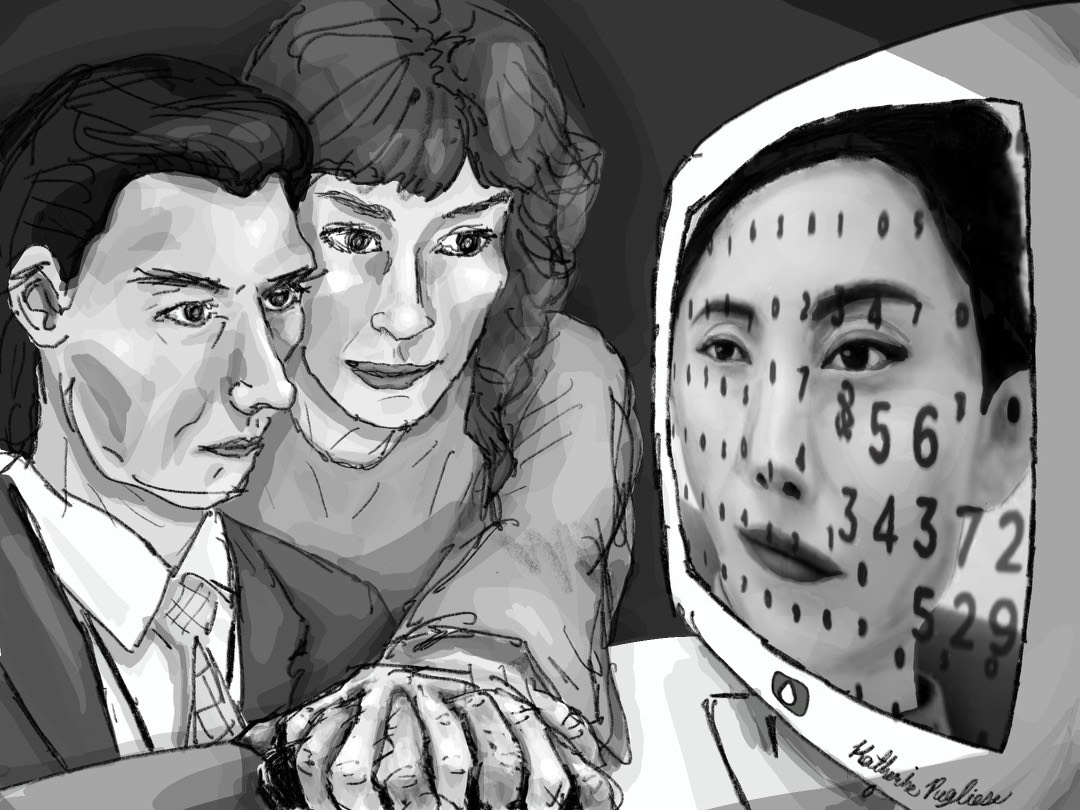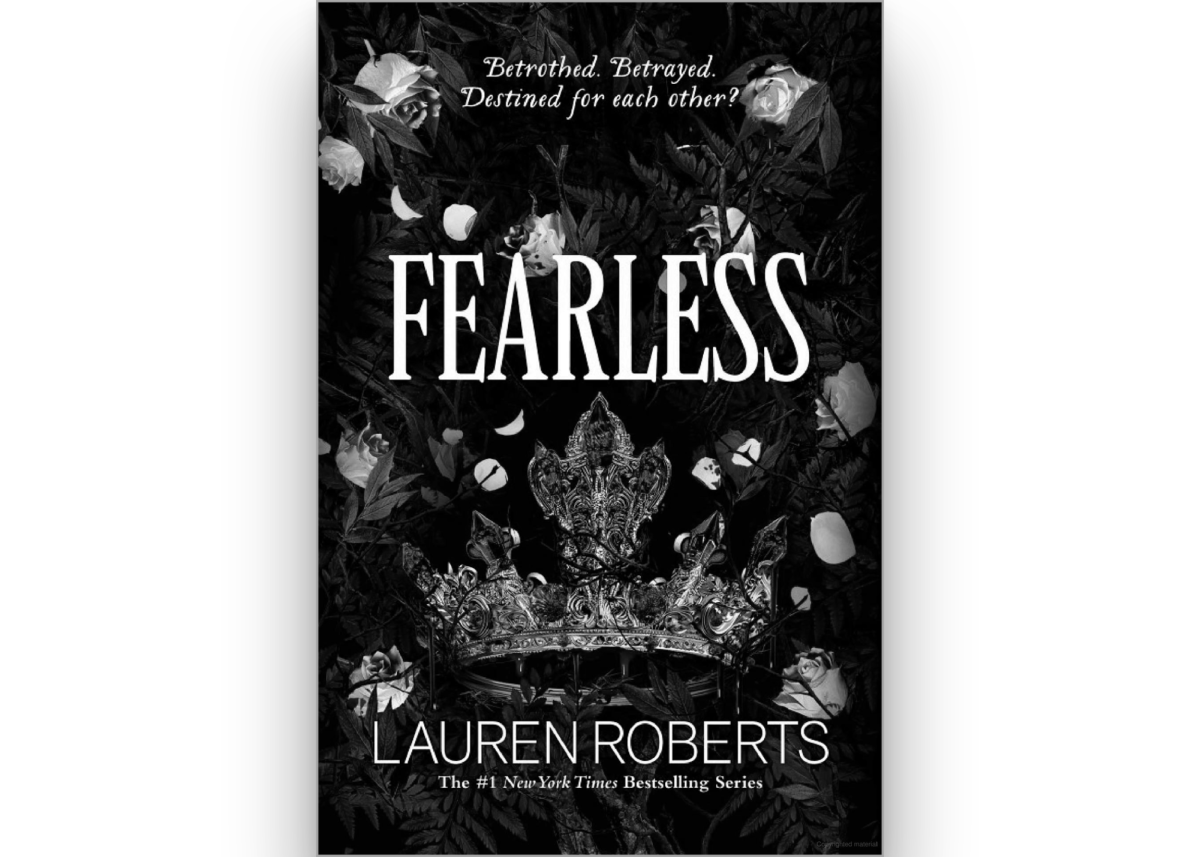
March is Women’s History Month, a time dedicated to commemorating and celebrating the vital role of women in American history. Since female contributions are often overlooked, the Congress-proclaimed observance allows us to appreciate the achievements women have made from the time the United States was founded. While women have made significant contributions in all fields, including science, history, and the arts, today we will be focusing on the latter. Within the arts realm, we will focus on a few of the greatest: namely Whitney Houston, Frida Kahlo, and Audrey Hepburn.
Whitney Houston is a household name. The African American singer’s first few albums amassed millions of sales around the world, beginning with her debut album Whitney. From an early age, it seemed that Houston was destined to become a singer. Her mother and cousin were prominent figures in gospel, pop, and soul music, and singing at her church introduced her to the world of music. Later in life, Houston told Diane Sawyer that she “knew then that [her] singing ability was an infection thing that God had given [her].” At just fifteen years old, Houston performed often and began seeking a record deal of her own. She soon became a sought-after teen model and became one of the first African American women to appear on the cover of Seventeen magazine. However, she knew she wanted to pursue a music career, and she was later discovered in a nightclub at nineteen years old. She went on to release a number of incredibly successful albums that sold nearly ninety million copies worldwide. For these albums she won an Emmy and six Grammys, and received recognition from the Guinness World Records and the Rock and Roll Hall of Fame. She continued to appeal to millions of fans around the world.
Painter Frida Kahlo is well-known in the visual arts world for the plethora of works she created after she was severely injured in a bus accident. After contracting polio as a child, Kahlo played soccer, swam, and wrestled outside of school in order to aid her recovery. Meanwhile, she associated with intelligent students like herself and became politically active from a young age. This would aid her later in life, as after pursuing art Kahlo became politically involved. Kahlo’s bus accident resulted in her being bedridden for weeks and experiencing chronic pain for the rest of her life. As an adult, she reconnected with muralist and childhood acquaintance Diego Rivera, who encouraged her to pursue her art further. Though she humbly never regarded herself as surrealist, Kahlo went on to hold major exhibitions in New York, Paris, and Mexico that resulted in her selling many paintings and receiving commissions as well. Famous works include “Frieda and Diego Rivera,” “Henry Ford Hospital,” and “The Two Fridas.” After her death, the feminist movement of the 1970s led Kahlo to be revered as a symbol and icon of female creativity.
Fashion icon, philanthropist, actress, picture of femininity: all of these described Audrey Hepburn. One of Hollywood’s greatest style icons and performers, she was one of the most influential women of her time and amazes audiences to this day. Born in Belgium, Hepburn pursued dance as a child, studying ballet in Amsterdam and later London. She made her stage debut as a chorus girl, and continued doing small (and often uncredited) roles in shows and movies. Hepburn made her official acting debut at the age of 22. She began on Broadway in a production of Gigi, then went on to be in Roman Holiday and, famously, Breakfast at Tiffany’s. In the latter, she starred as Holly Golightly, who set new fashion standards for women of the 1960s. Hepburn remains one of few actresses to win an Academy Award, Emmy, Tony, and a Grammy in her career. Later in life, Hepburn worked sporadically, and eventually put acting on the back burner. She began working on behalf of underprivileged children, and became a UNICEF ambassador in the late 1980s. She traveled to Asia, Africa, Central America, and South America to raise awareness for impoverished children, and even won an Academy Award for her humanitarian work. Hepburn remains an inspiration to young girls everywhere, as she is an example of someone who used her influence to do good for the world and those in it.






